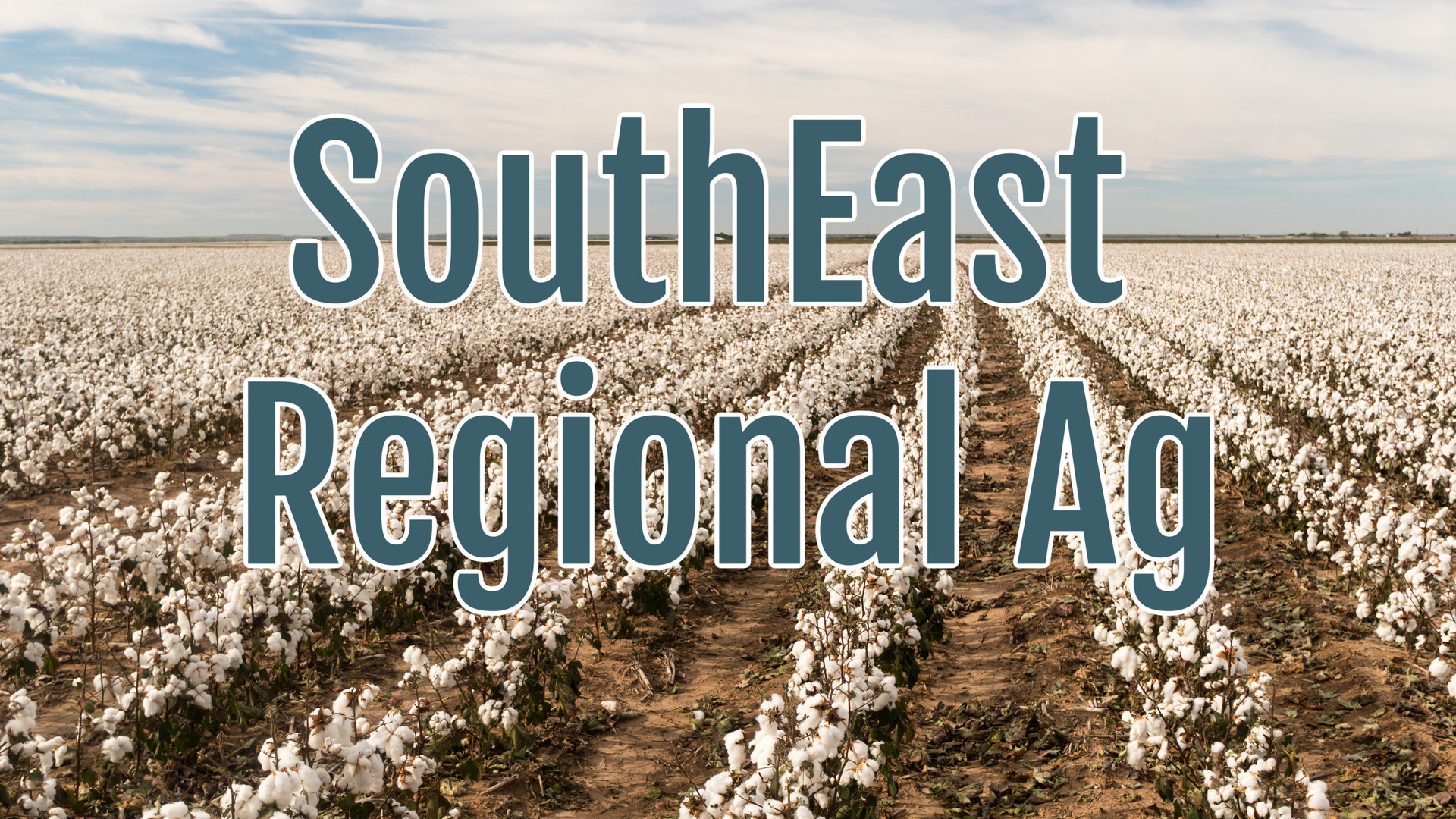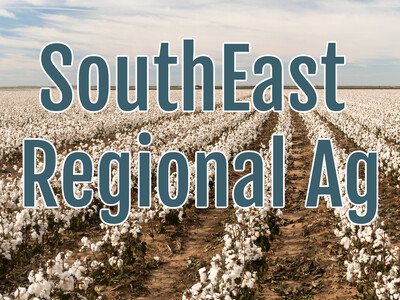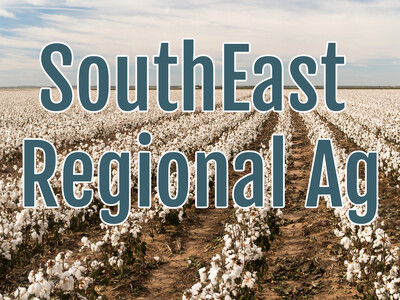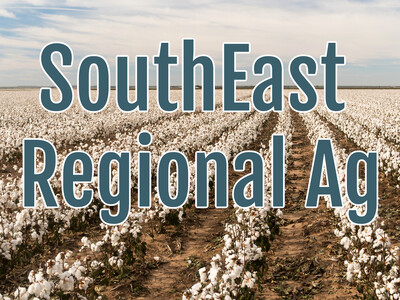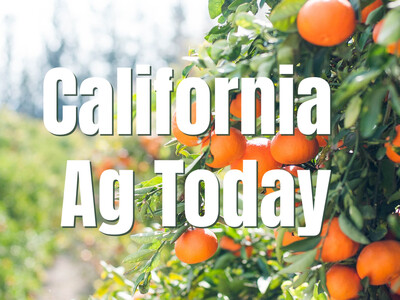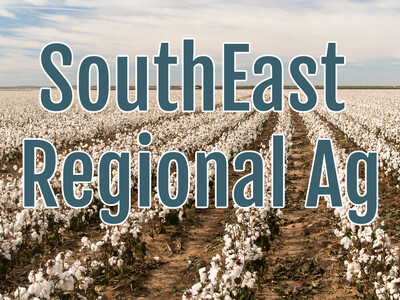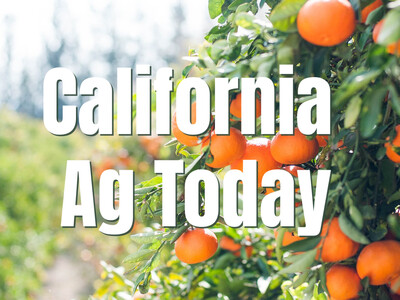Cotton and Crop Conditions
Cotton conditions are steady from a week ago. USDA meteorologist, Brad Rippey, has the latest look at cotton conditions in the country
Rippey: “Not much change in the previous week. We’re looking at a steady number, 52% good to excellent. A one-point increase in the very poor to poor ratings from 6% to 7%. Overall we’re not seeing any major problems.”
Texas, the nation’s number 1 cotton-producing state coming in at 36% good to excellent and just 9% very poor to poor.
Rainfall is making an impact throughout the southeast for growers.
A look at crop progress reports from the USDA:
Farmers near coastal Alabama experienced flooding, making fields inaccessible for work. Some soybean fields had to be replanted due to flooding. Localized rain also hindered herbicide and fertilizer applications in some areas. Cotton, peanut, and soybean crops have been improving for the rest of the state, and conditions were ideal throughout most of the week for row crop development. Winter wheat harvesting is continuing, and the quality is reported to be looking good. Livestock and Pastures Cattle and pasture remained in good condition. The combination of regular rainfall and sunshine has been beneficial for pasture conditions.
The steady showers continued across Georgia which has helped maintain crop conditions and good moisture levels. Many cotton fields were side dressed with the final nitrogen and herbicides were applied. Peanuts were sprayed with fungicides and herbicides as they continue to bloom. The first cuttings of hay are complete but the wet, cool weather has slowed the gathering. Armyworms have been found in hay fields. Fruit split due to the rain was also noted in blueberries as harvest is finishing up
Persistent rainfall continued to hinder hay cutting in some parts of Florida as well. Cotton and peanut conditions improved, though wet conditions have growers concerned about weeds and disease. Florida’s citrus harvest is complete. Next season’s crop progressed as normal, with oranges about golf ball size and grapefruit approximately baseball size.


